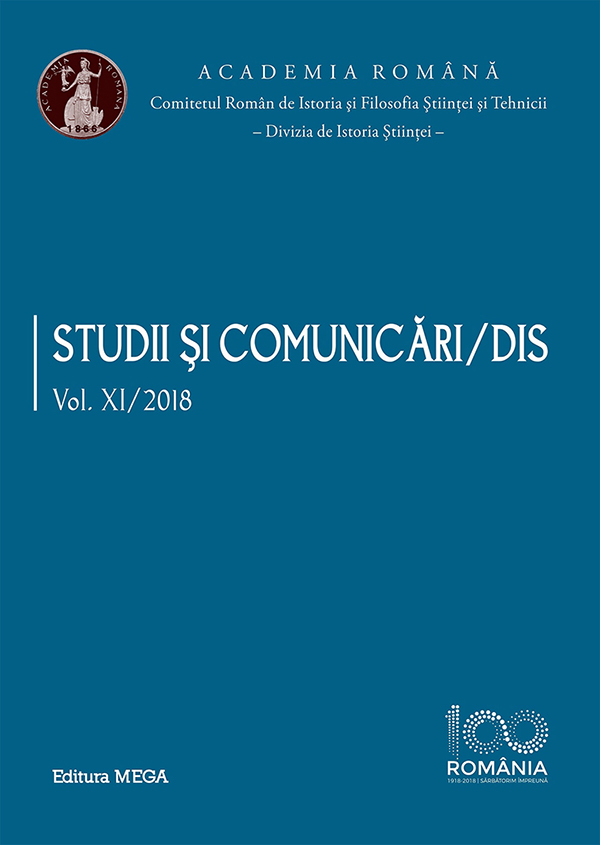Despre Emil Racoviță la 150 de ani de la naștere
About Emil Racoviță - on the celebration of 150 years since his birth
Author(s): Dumitru MurariuSubject(s): Scientific Life
Published by: Editura Mega Print SRL
Keywords: Emil Racoviță (Emile Racovitza); Grigore Antipa; Antarctic Polar Circle; zoology; oceanology; biospeleology;
Summary/Abstract: In College in Iassy, Emil Racoviță was a friend of Grigore Antipa and Dimitrie Voinov – two other great Romanian biologists. Later, his parents sent him to the Faculty of Law at Sorbonne University. There Racoviță was also attracted by lectures on zoology, given by Henri Lacaze-Duthier. Two years after graduating from the Faculty of Law, he graduated from the Faculty of Science and became a famous researcher in zoology. Racoviță was the first biologist who observed and collected flora and fauna beyond the Antarctic Polar Circle. He brought Antarctic fishes and Luis Dollo, upon studying them, rejected the wrong theory about ”bipolarity”, according to which Arctic and Antarctic Polar regions were populated with similar archaic beings from the first, universal fauna. In his theory about evolution, Emil Racoviță considered that the term of evolution is neither hypothesis nor theory, but it is a fact – one of the most certain and fundamental acquisitions of science and is a most valuable treasure of humankind. In 1920, Racoviță was elected as full member of the Romanian Academy of Sciences and in 1926 he was elected for two mandates, as the President of this highest Romanian cultural and scientific institution. In January 1923,he attended the third Plenary Conference of The Mediterranean Science Commision (CIESM) and on 24th June 1925 he was nominated as the Romanian national delegate to CIESM. Emil Racoviță left us fundamental scientific works in zoology, oceanology, biospeleology. He founded the first Institute of Speleology in the world, at the University of Cluj – Romania.
Journal: STUDII ȘI COMUNICĂRI/DIS
- Issue Year: 2018
- Issue No: 11
- Page Range: 17-25
- Page Count: 9
- Language: Romanian

